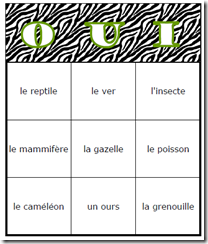Recently, I announced that I will be presenting at the European Council of International Schools’ (ECIS) Technology conference. My presentation will be called Using Technology to Create Community. I will be sharing websites that can be used to create community and I have a special way I’d like to get all of the teachers in the “blogosphere” and beyond to truly show those at the conference what a global community can do for teachers and students. I’ll have more details on this February 27th. In the meantime, each week, I will be sharing with you all some of the websites I will be discussing in my presentation.
This week’s website is timely for me, because my students just started using it this week. It is called edublogs.org and it allows my students (grades 2 - 4) to write their own blog post and comment on each others posts in a simple, safe way.
Now, I’m a cheap teacher, so I helped my students each sign up for individual free accounts, but there are fee based teacher programs that allow for simpler monitoring of your students and higher connectivity levels. For my class, it works just as well for me to keep a copy of everyone’s passwords and monitor the blogs individually.
Edublogs runs on the same online formatting as a Wordpress blog, which is very simple to set up, design and post to. There are many free themes for students to choose from (and plenty more available if you are willing to pay for an upgraded membership.) The students can write posts, add pictures, click publish and their work is out on the internet and ready for the world to read.
My students are writing their blog posts at home - one blog post a week, and then posting two comments on their friends’ blogs. We’ve been posting comments on each other’s storybirds for awhile, so my students are pretty good at leaving comments. They love reading each other’s work, and are starting to suggest topics to each other, both in their comments and in class. I love that homework becomes a group activity, instead of an isolated practice. However, since I have varying levels of technology knowledge in my class, I was sure to provide as much assistance as possible by:
1. Modeling the entire process for the entire class using our projector.
2. Providing my students with a cheat sheet full of screen shots to help guide them at home. (If you’d like a copy, feel free to download it free from Google Docs.)
3. Being available on Edmodo on the first night of posting and commenting, so that I could quickly respond to questions.
The coolest part of having programs where they can read each other’s work at home is that the classroom naturally flows into their home lives and their home lives naturally flow into the classroom. This community building helps our class discussions to focus on topics that are interesting to the students, which of course means that students learn and remember more.
How have you used student blogging in your classroom?

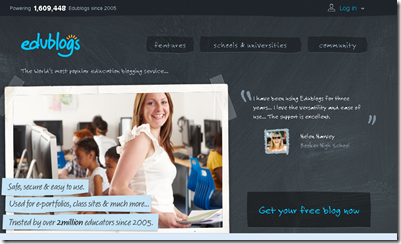








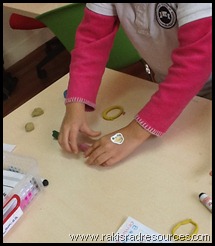
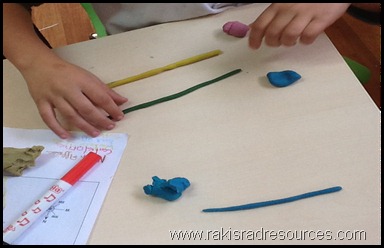


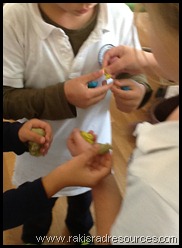

 This week, we are spotlighting Jen Kadiri, our Pre-K teacher. Jen teaches the 3 year old class, and does the most amazingly cute, hands-on art projects. I don’t
This week, we are spotlighting Jen Kadiri, our Pre-K teacher. Jen teaches the 3 year old class, and does the most amazingly cute, hands-on art projects. I don’t 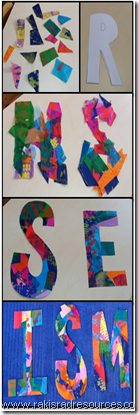





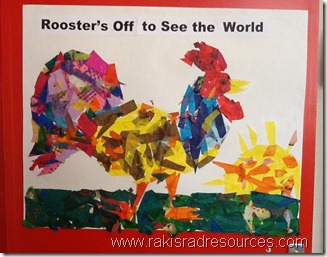





 played to learn their continents and oceans. It has a great quiz section that works fabulously as a ticket out the door. iLearn also has apps for specific areas in the world, but those aren’t free –
played to learn their continents and oceans. It has a great quiz section that works fabulously as a ticket out the door. iLearn also has apps for specific areas in the world, but those aren’t free – 




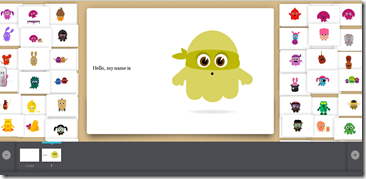

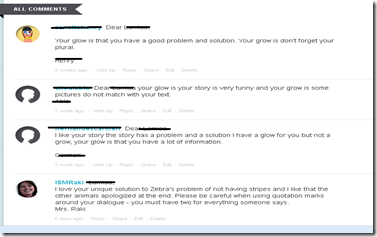
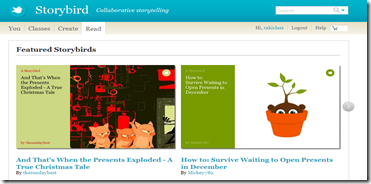

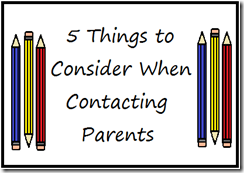
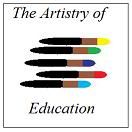


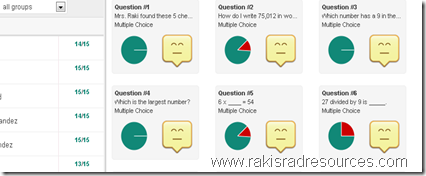
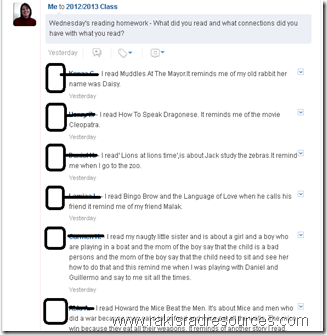





![Heidi-Raki-of-Rakis-Rad-Resources322[1] Heidi-Raki-of-Rakis-Rad-Resources322[1]](http://lh5.ggpht.com/-LKDJa_8Li84/UPXPKfW6bMI/AAAAAAAAKio/JfYxt_TyZ1M/Heidi-Raki-of-Rakis-Rad-Resources322%25255B1%25255D%25255B2%25255D.png?imgmax=800)

